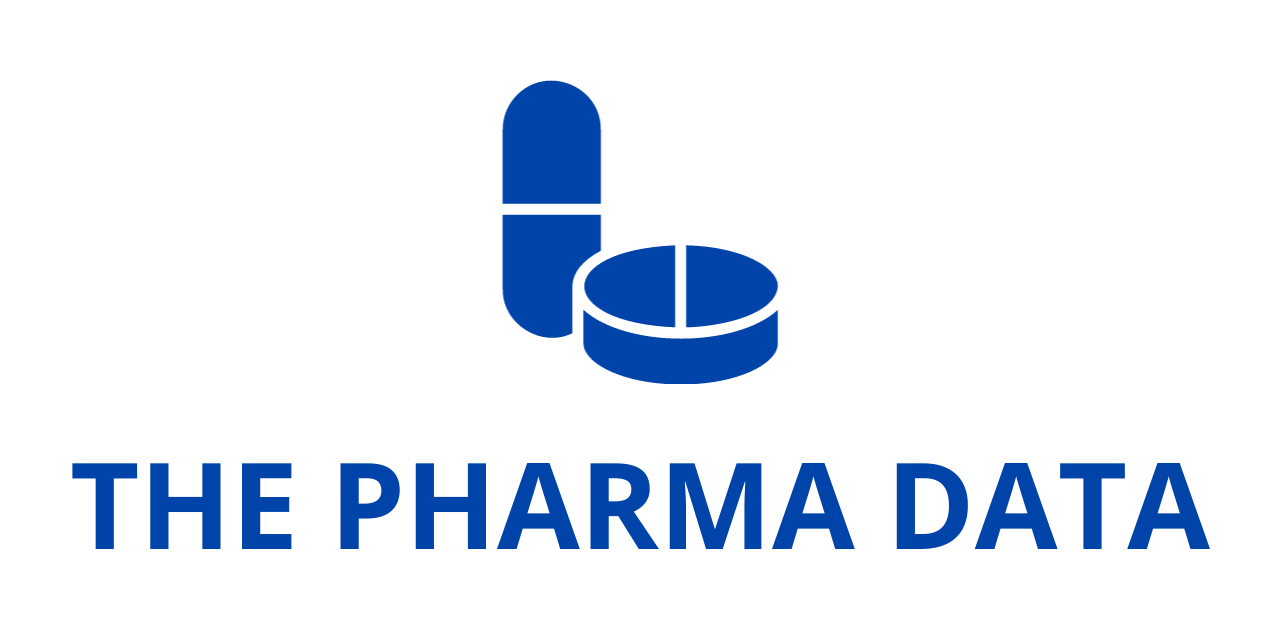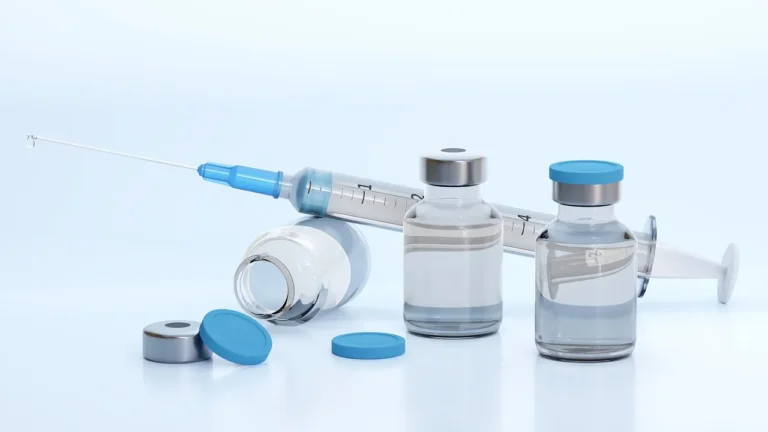
Novartis to Acquire Tourmaline Bio, Advancing Cardiovascular Pipeline with Pacibekitug for ASCVD
Novartis today revealed a major step forward in its cardiovascular disease (CVD) strategy with the announcement that it has entered into an agreement to acquire Tourmaline Bio, Inc. (“Tourmaline”) (Nasdaq: TRML). Tourmaline is a New York-based, publicly traded, clinical-stage biopharmaceutical company with a sharp focus on inflammatory mechanisms in cardiovascular disease. Its lead investigational candidate, pacibekitug, an anti-interleukin-6 (IL-6) monoclonal antibody (mAb), is being developed as a treatment for atherosclerotic cardiovascular disease (ASCVD).
This acquisition marks a pivotal moment in the evolution of Novartis’ cardiovascular franchise. While the company already has a strong portfolio of treatments addressing lipid management, hypertension, heart failure, and other core conditions, pacibekitug represents a first-in-class opportunity to address residual inflammatory risk, a critical and under-served driver of ASCVD progression.
Strategic Rationale for the Acquisition
At the core of this transaction lies the recognition that inflammation is one of the most significant, yet insufficiently addressed, contributors to cardiovascular disease burden worldwide. ASCVD—the underlying cause of heart attacks, strokes, and other ischemic events—remains the leading cause of morbidity and mortality globally. Despite advances in statins, PCSK9 inhibitors, and antiplatelet therapies, many patients continue to suffer recurrent events, highlighting the need for additional interventions.
Pacibekitug directly targets IL-6, a pro-inflammatory cytokine upstream in the inflammatory cascade that has been strongly implicated in cardiovascular pathophysiology. By reducing systemic inflammation, Novartis aims to expand therapeutic strategies beyond lipid and blood pressure control, thereby addressing what cardiologists call “the last frontier” of modifiable cardiovascular risk.
Shreeram Aradhye, President of Development and Chief Medical Officer at Novartis, emphasized this unique positioning:
“With no widely adopted anti-inflammatory therapies currently available for cardiovascular risk reduction, pacibekitug represents a potential breakthrough in addressing residual inflammatory risk in ASCVD with a differentiated mechanism of action targeting IL-6. Inflammation is a major driver of cardiovascular disease, and the team at Tourmaline has made significant progress with this asset. We are excited to bring pacibekitug into the Novartis portfolio and collaborate with the Tourmaline team to advance its development as we diversify our efforts in cardiovascular care.”
Understanding the Scientific Promise of Pacibekitug
Pacibekitug is a fully human IgG2 monoclonal antibody designed to neutralize IL-6. Unlike therapies that target downstream mediators, pacibekitug strikes at a central upstream node in the inflammatory pathway. This mechanism is expected to reduce systemic inflammation across multiple tissues, with atherosclerotic plaque stability being a key target in cardiovascular disease.
Phase 2 TRANQUILITY Study Results
The scientific enthusiasm around pacibekitug is grounded in compelling mid-stage clinical data. In May 2025, Tourmaline released topline results from the TRANQUILITY Phase 2 trial, a 90-day study evaluating pacibekitug’s safety, efficacy, and biomarker impact in patients at risk of ASCVD events.
Key findings included:
- Reduction in hs-CRP levels: Pacibekitug achieved an 85% reduction in median high-sensitivity C-reactive protein (hs-CRP) at a monthly 15 mg dose and an 86% reduction at a quarterly 50 mg dose.
- Durability of effect: Reductions were sustained through day 90, suggesting potential for infrequent dosing schedules (once every three months).
- Safety profile: Rates of adverse events and serious adverse events were comparable to placebo, providing reassurance about tolerability.
Hs-CRP is a validated biomarker of systemic inflammation and residual cardiovascular risk. Reductions of this magnitude, if translated into improved cardiovascular outcomes in Phase 3 studies, could represent one of the most substantial breakthroughs in cardiology in recent decades.
Transaction Structure and Financial Details
The acquisition has been unanimously approved by the Boards of Directors of both Novartis and Tourmaline, signaling alignment on the strategic and financial rationale.
Terms of the Agreement
- Tender Offer: Novartis, through an indirect wholly owned subsidiary, will launch a tender offer to purchase all outstanding shares of Tourmaline common stock.
- Offer Price: Tourmaline shareholders will receive USD 48 per share in cash at closing.
- Post-Merger Structure: Following the successful tender, the acquiring subsidiary will merge with Tourmaline, transforming it into an indirect wholly owned subsidiary of Novartis.
Closing Timeline
The transaction is expected to close in Q4 2025, pending customary closing conditions. These include:
- Tender of a majority of Tourmaline’s outstanding shares.
- Receipt of necessary regulatory approvals.
Until then, both companies will continue to operate independently.
Novartis’ Broader Cardiovascular Vision
Novartis has been steadily expanding its presence in cardiovascular care for decades. From its historic role in hypertension management to more recent innovations in heart failure therapies, the company has consistently demonstrated commitment to addressing cardiovascular disease across multiple modalities.
Mission and Long-Term Goals
Novartis articulates its cardiovascular mission as “ensuring no heart is lost too soon.” This vision reflects both a scientific and societal ambition: to reduce preventable deaths from heart disease while improving patients’ quality of life.
Over the past 40 years, Novartis has contributed significantly to cardiovascular research and care. Today, the company’s focus spans:
- xRNA platforms designed to address multiple risk factors.
- Genetically driven CVD approaches targeting rare but high-impact risk variants.
- Common heart conditions such as atrial fibrillation, where unmet needs persist.
Importantly, Novartis stresses that its work extends beyond medicines. The company collaborates with patients, healthcare professionals, and advocacy groups to strengthen cardiovascular care systems globally.
The Unmet Need in ASCVD
Despite the widespread availability of lipid-lowering therapies like statins and PCSK9 inhibitors, patients with ASCVD continue to experience recurrent cardiovascular events. This phenomenon is attributed to residual risk, which can be divided into two main categories:
- Residual cholesterol risk – even with intensive lipid lowering, some patients remain at risk.
- Residual inflammatory risk – systemic inflammation continues to drive plaque instability and rupture.
Pacibekitug is directly aimed at the second category. If successful, it could serve as the first broadly adopted therapy specifically targeting inflammation in cardiovascular care.

Competitive Landscape and Differentiation
The cardiovascular inflammation field has seen growing attention in recent years, with various therapeutic approaches under investigation. Some attempts, such as IL-1β blockade, have shown promise in outcomes trials but faced challenges in safety and adoption.
Pacibekitug offers potential differentiation through:
- Targeting IL-6 directly, which sits upstream of multiple inflammatory pathways.
- Convenient dosing schedules, including once-quarterly injections.
- Favorable tolerability as indicated in Phase 2 data.
This positioning could enable Novartis to lead in an entirely new subcategory of cardiovascular therapeutics—anti-inflammatory biologics for ASCVD risk reduction.
Broader Implications of the Acquisition
The deal goes beyond adding a single asset to Novartis’ portfolio. It signals broader industry trends:
- Shift to immunology-driven cardiology: Recognizing that cardiovascular disease is not only metabolic but also immunological in nature.
- Increased appetite for Phase 3-ready assets: Large pharmaceutical companies like Novartis are increasingly seeking late-stage assets to bolster pipelines with near-term potential.
- Rising importance of precision medicine in CVD: As biomarkers like hs-CRP and genetic profiles become more clinically actionable, tailored therapies are expected to gain traction.
For patients, the acquisition represents hope for a new therapeutic era in cardiovascular care—where targeting inflammation could finally reduce residual risk in ways that lipid therapy alone cannot achieve.
The Road to Phase 3 and Beyond
Following the transaction’s expected close in late 2025, Novartis will likely prioritize launching large-scale Phase 3 outcome studies to confirm pacibekitug’s ability to reduce major adverse cardiovascular events (MACE), such as myocardial infarction, stroke, and cardiovascular death.
Key priorities will include:
- Global trial design across diverse patient populations.
- Regulatory engagement with agencies such as the FDA and EMA.
- Health economics evaluations to position pacibekitug as a cost-effective solution for health systems.
If successful, pacibekitug could secure approval later this decade and emerge as a blockbuster therapy in one of the world’s largest therapeutic markets.
The acquisition of Tourmaline Bio by Novartis represents more than a routine business transaction. It is a bold statement about the future of cardiovascular medicine. By bringing pacibekitug into its portfolio, Novartis is reinforcing its commitment to addressing every dimension of cardiovascular risk—lipid, hemodynamic, and inflammatory.
As ASCVD continues to claim millions of lives each year, innovations that go beyond traditional approaches are urgently needed. Pacibekitug, with its novel mechanism of action and strong early data, offers hope for transforming how physicians and patients think about inflammation and cardiovascular disease.
The coming years will be critical as Novartis moves pacibekitug through late-stage trials, navigates regulatory pathways, and prepares for potential global launch. For now, the message is clear: the fight against cardiovascular disease is entering a new phase—one where inflammation is finally being tackled head-on.




